In this tour, get to know:
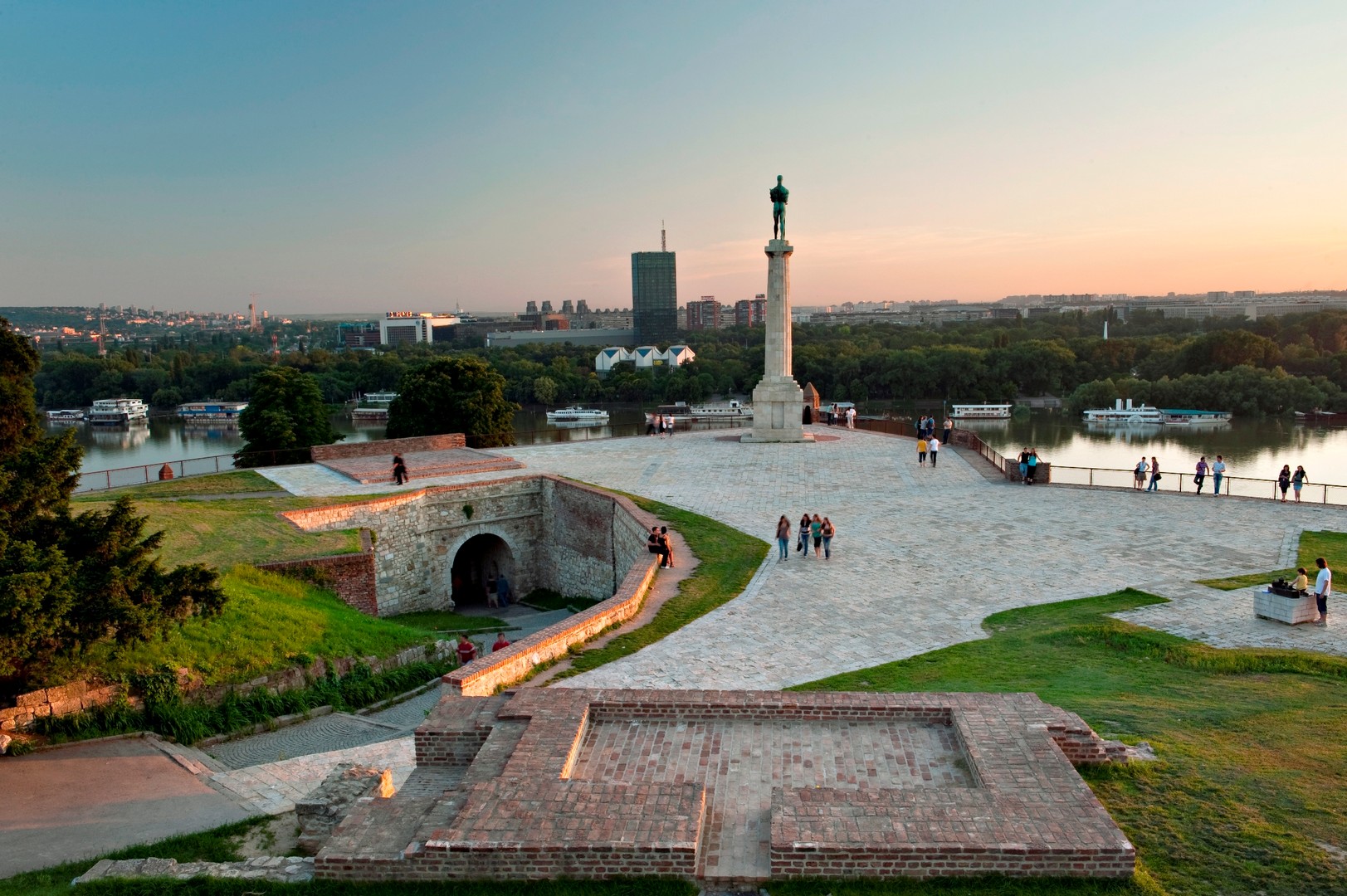
Welcome to Belgrade Fortress
Belgrade Fortress is the place where the city of Belgrade was founded. The oldest preserved remains of the fortress date back to the first century AD, from the time of Roman Singidunum. Singidunum was the name of the Roman settlement that was established here in the third century BC. Belgrade...
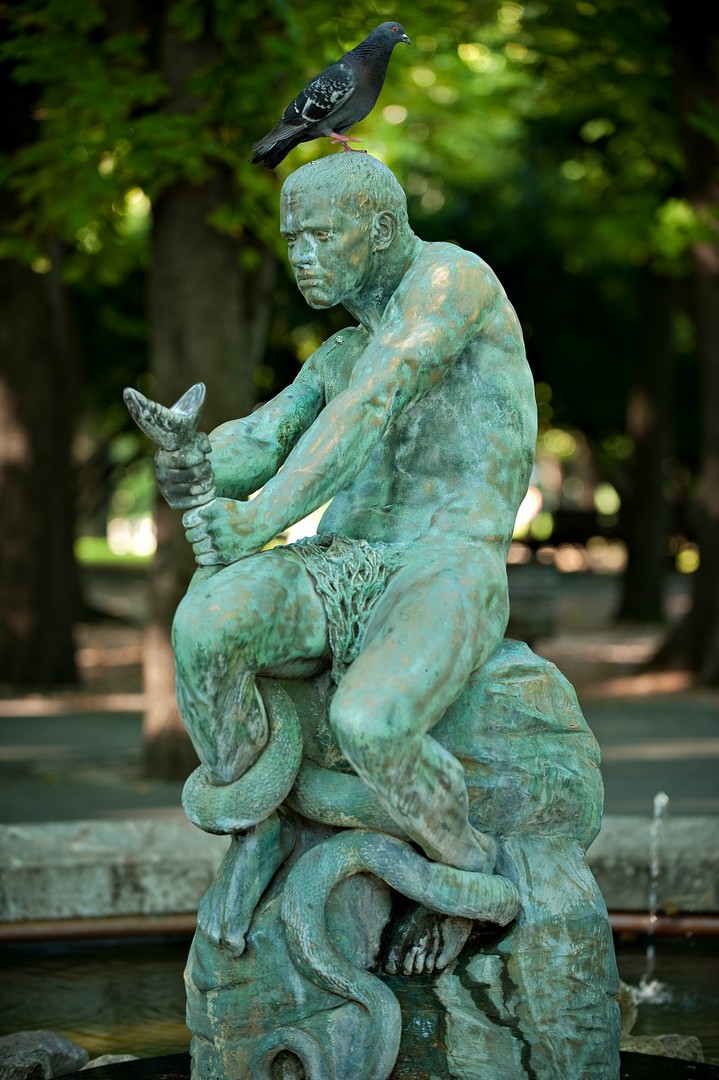 © Beogradska Tvrdjava
© Beogradska Tvrdjava
Kalemegdan Park and the Fisherman Fountain
The name “Kalemegdan” is derived from Turkish and means “city field.” It was once an empty space that separated Belgrade town from the fortress. The first plans for the transformation of Kalemegdan Park date back to 1867. The park consists of two parts: Great Kalemegdan, which was built as a...
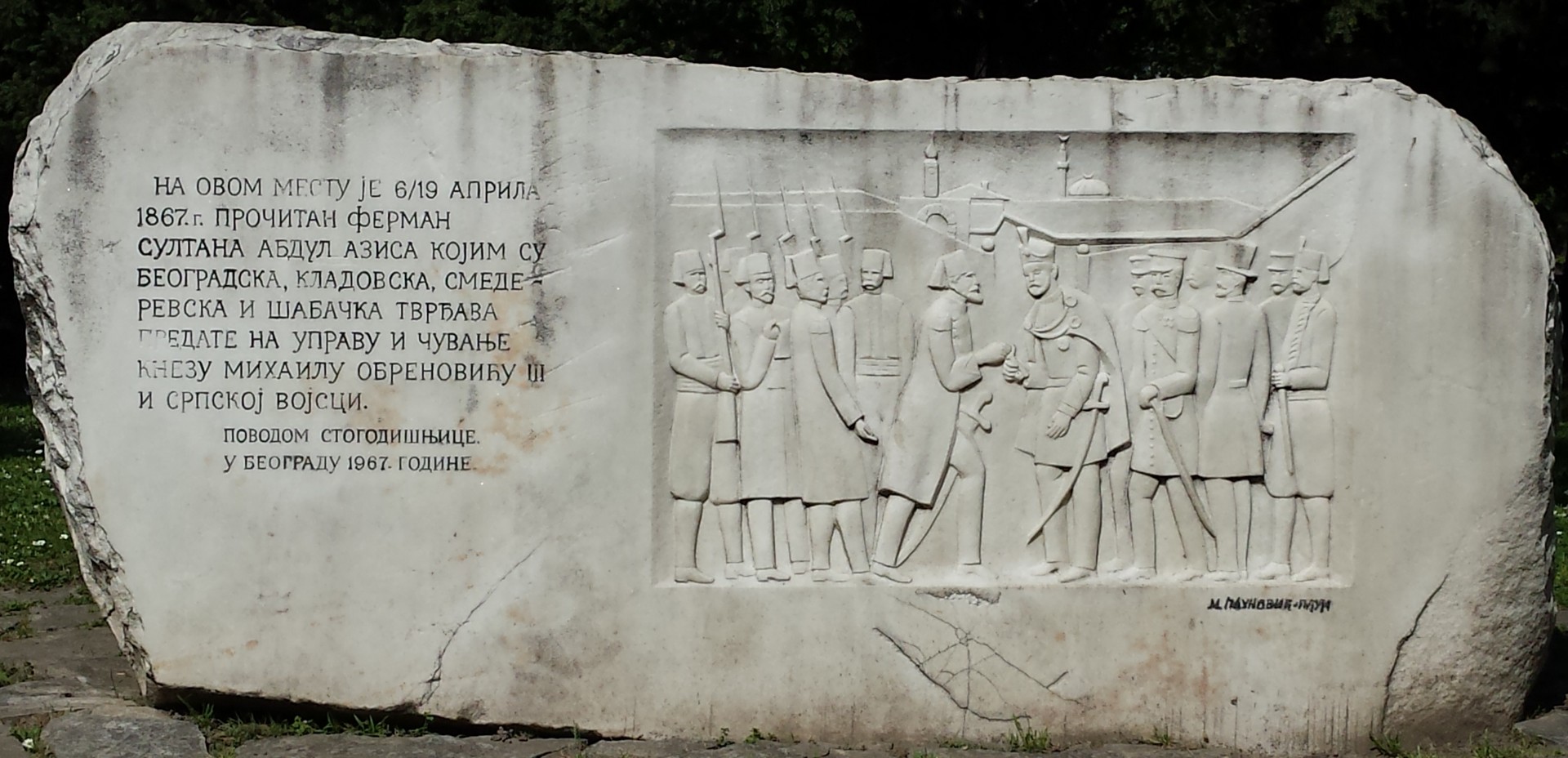 © Beogradska Tvrdjava
© Beogradska Tvrdjava
The Keys Handover Memorial
This is the place where, in April 1867, the keys to several Serbian cities were symbolically handed over in an official ceremony. This event marked Serbia’s liberation from Turkish rule and represented a major step towards gaining complete independence. The memorial was erected in 1967 to mark 100 years since...
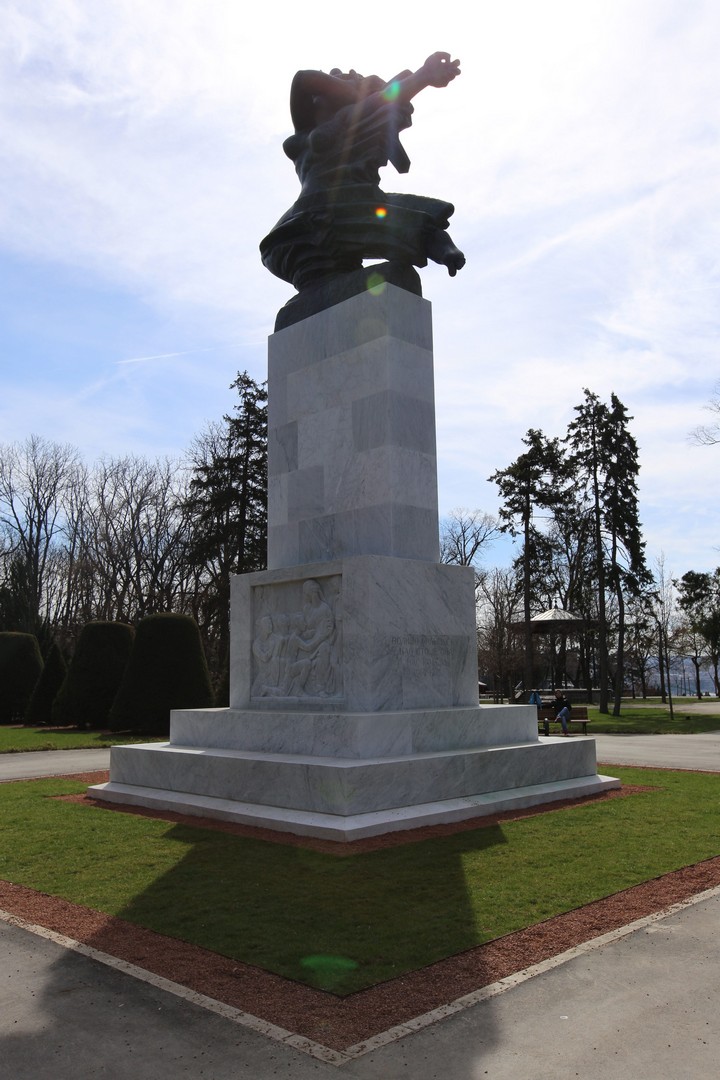 © Beogradska Tvrdjava
© Beogradska Tvrdjava
The Monument of Gratitude to France
The Monument of Gratitude to France was erected as a sign of the Serbian people’s appreciation for the help they received from France during World War One. It was officially unveiled in 1930. The inscription on the monument reads: “We love France the way it loved us, 1914–1918.” On top...
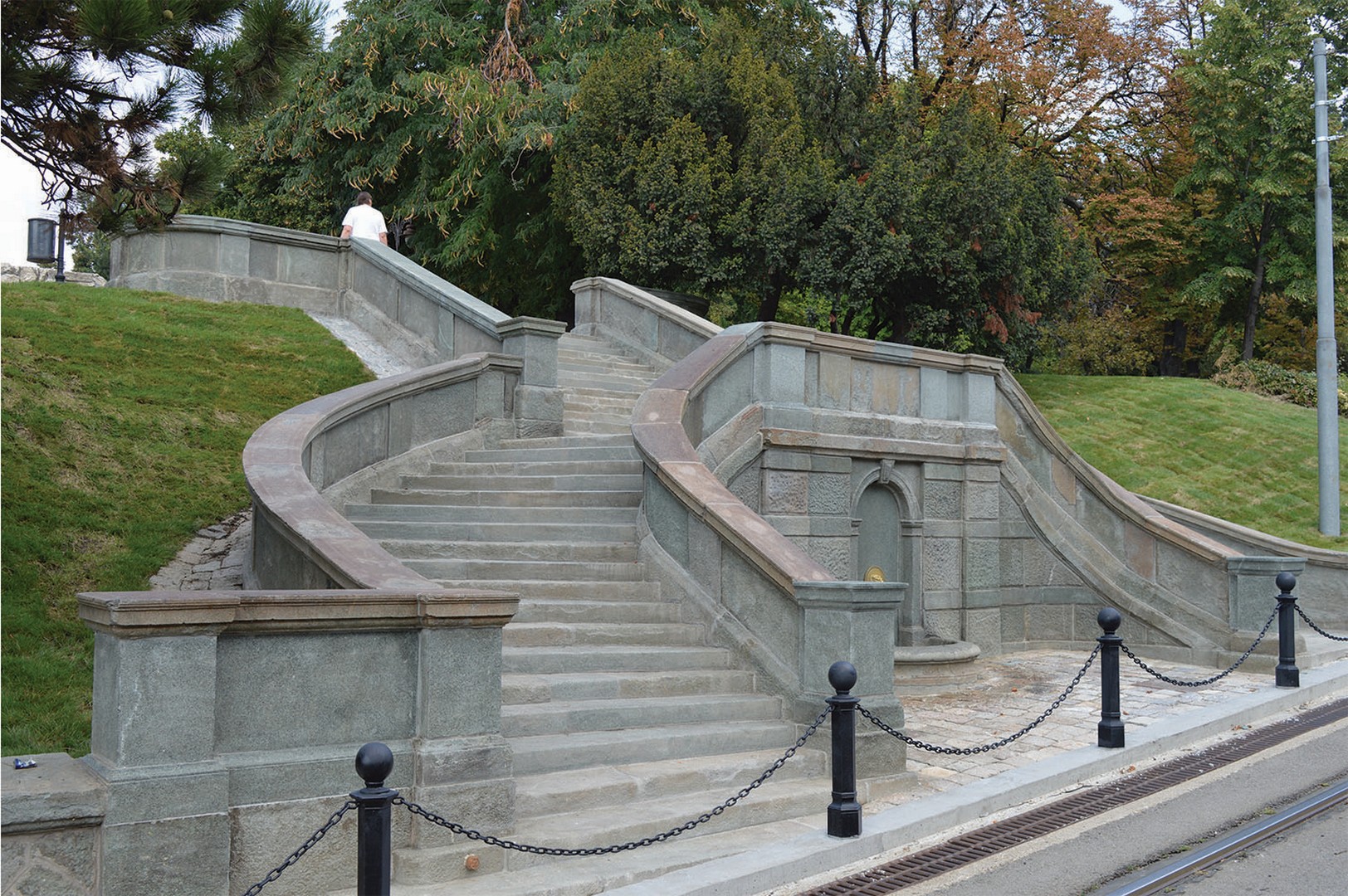 © Zavod za Zastitu Spomenika Kulture Grada Beograda
© Zavod za Zastitu Spomenika Kulture Grada Beograda
 (cc) Gmihail / CC BY-SA 3.0 RS
(cc) Gmihail / CC BY-SA 3.0 RS
The Small Staircase
The Small Staircase represents one of the first examples of park architecture in Belgrade. It was designed at the very beginning of the 20th century by Jelisaveta Načić, the first female architect in Serbia. Incorporated into the staircase itself is a decorative ‘Little Lion’ drinking fountain, which was made during...
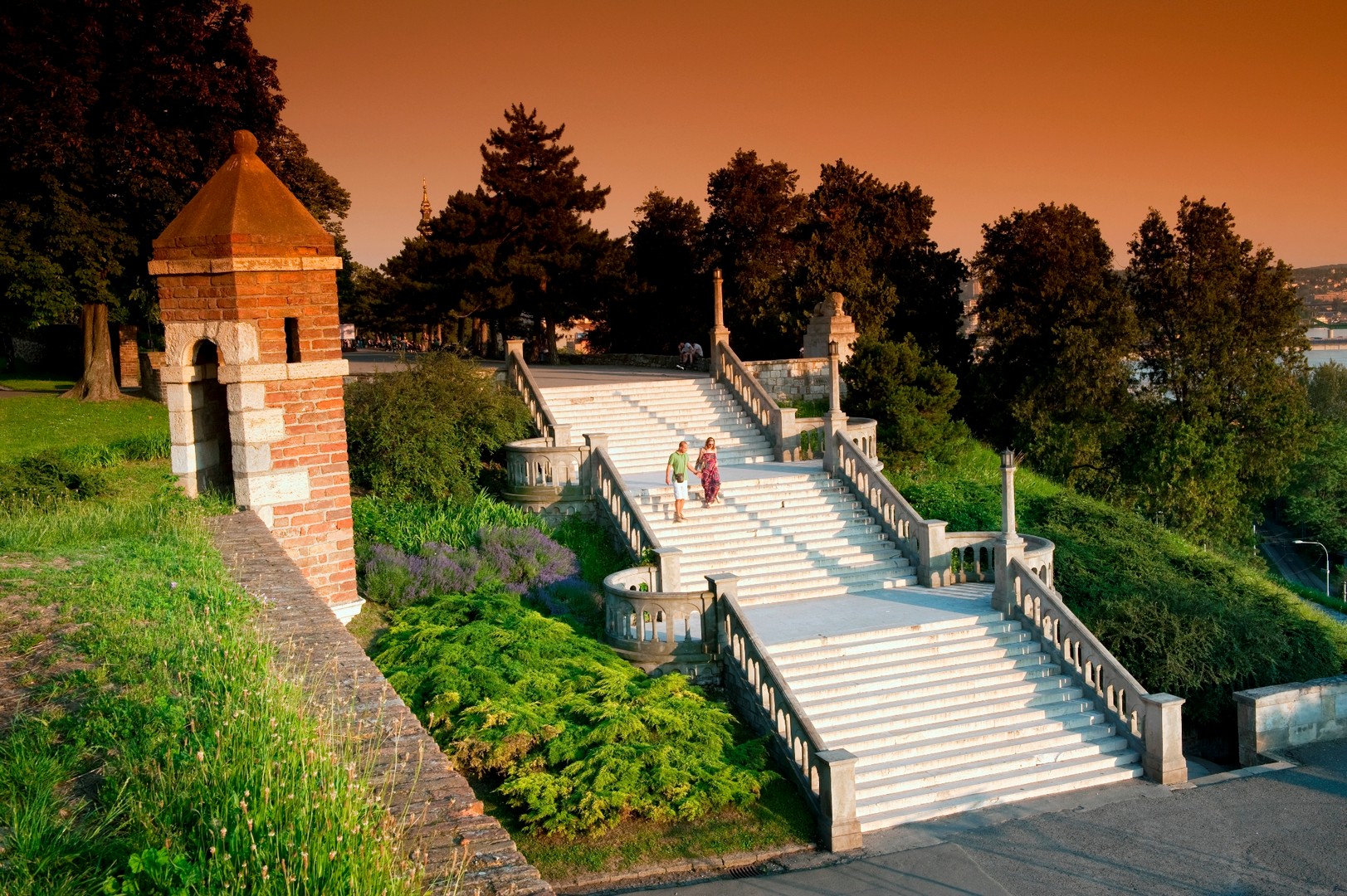 © Svetlana Dingarac
© Svetlana Dingarac
The Large Staircase
Kalemegdan Park. With its completion, the transformation of Kalemegdan Park was finished. The staircase was severely damaged during World War Two. It was completely reconstructed in 1989, but the final touches to its restoration were completed in 2019.
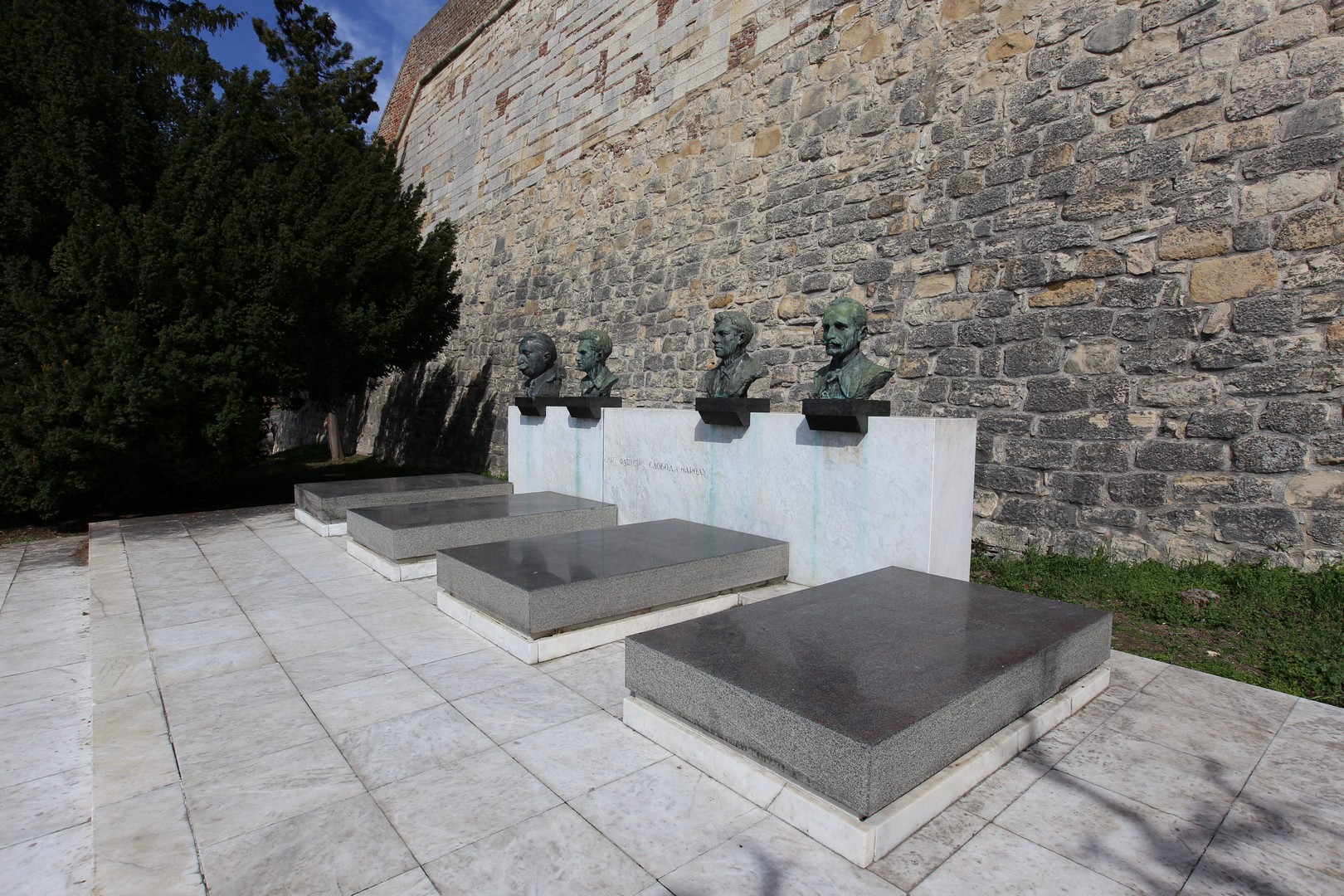 © Beogradska Tvrdjava
© Beogradska Tvrdjava
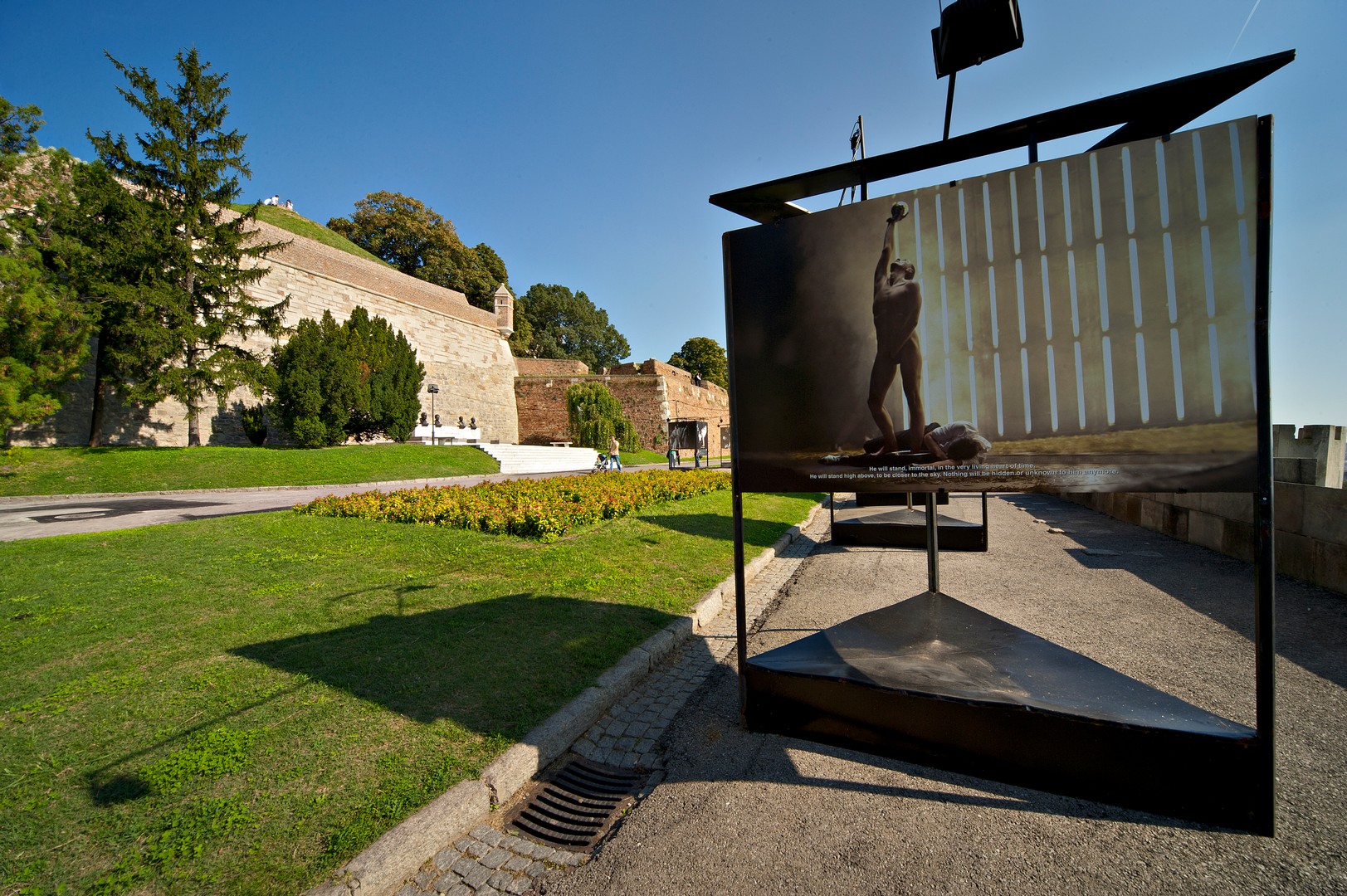 © Svetlana Dingarac
© Svetlana Dingarac
Sava Promenade and the Tomb of the People’s Heroes
The transformation of this part of the park was finished in the 1880s. From the promenade at Kalemegdan, you can see the Sava River, which is why it’s named Sava Promenade. The Tomb of the People’s Heroes was built as an extension of Sava Promenade in 1948. This tomb is...